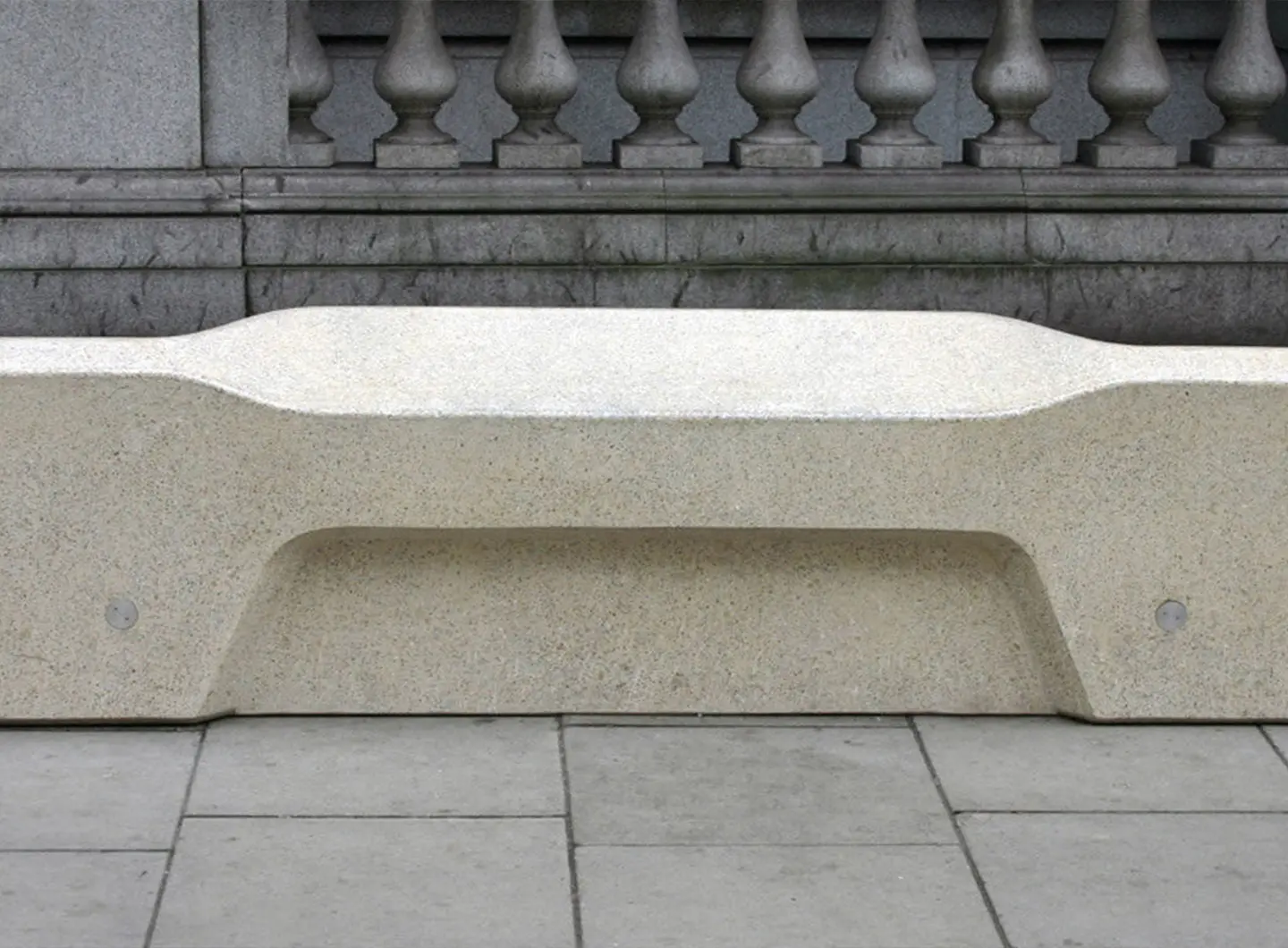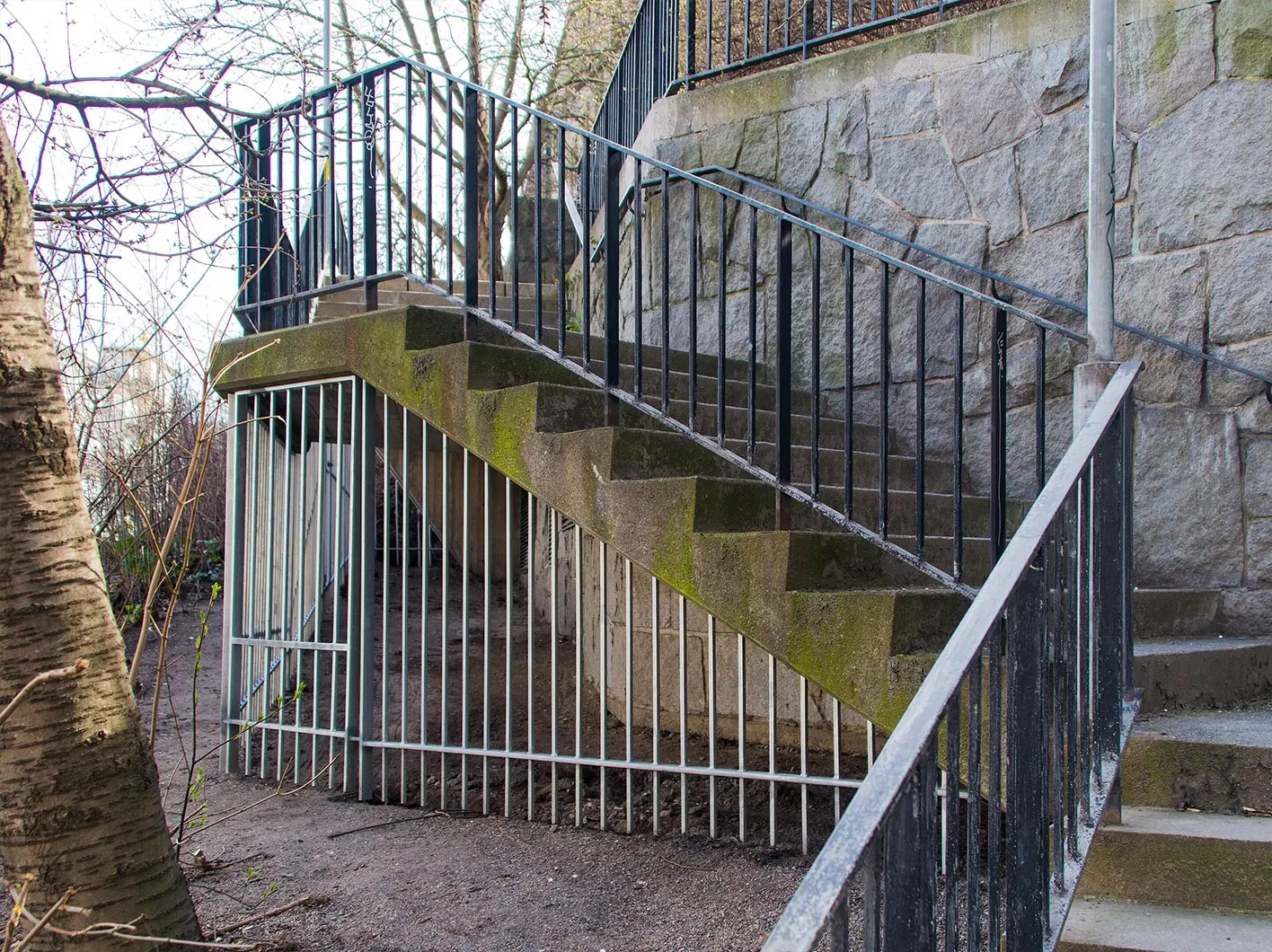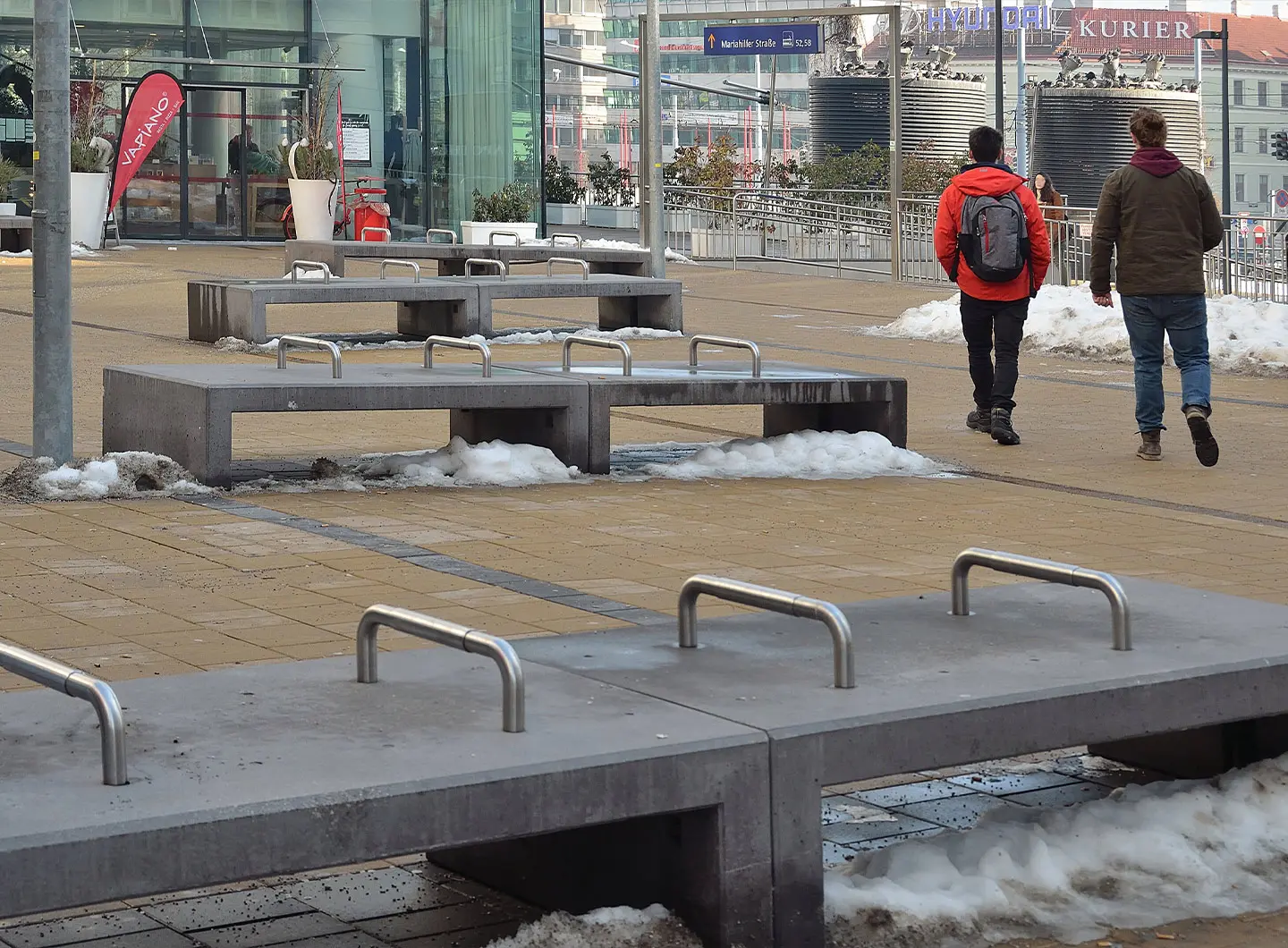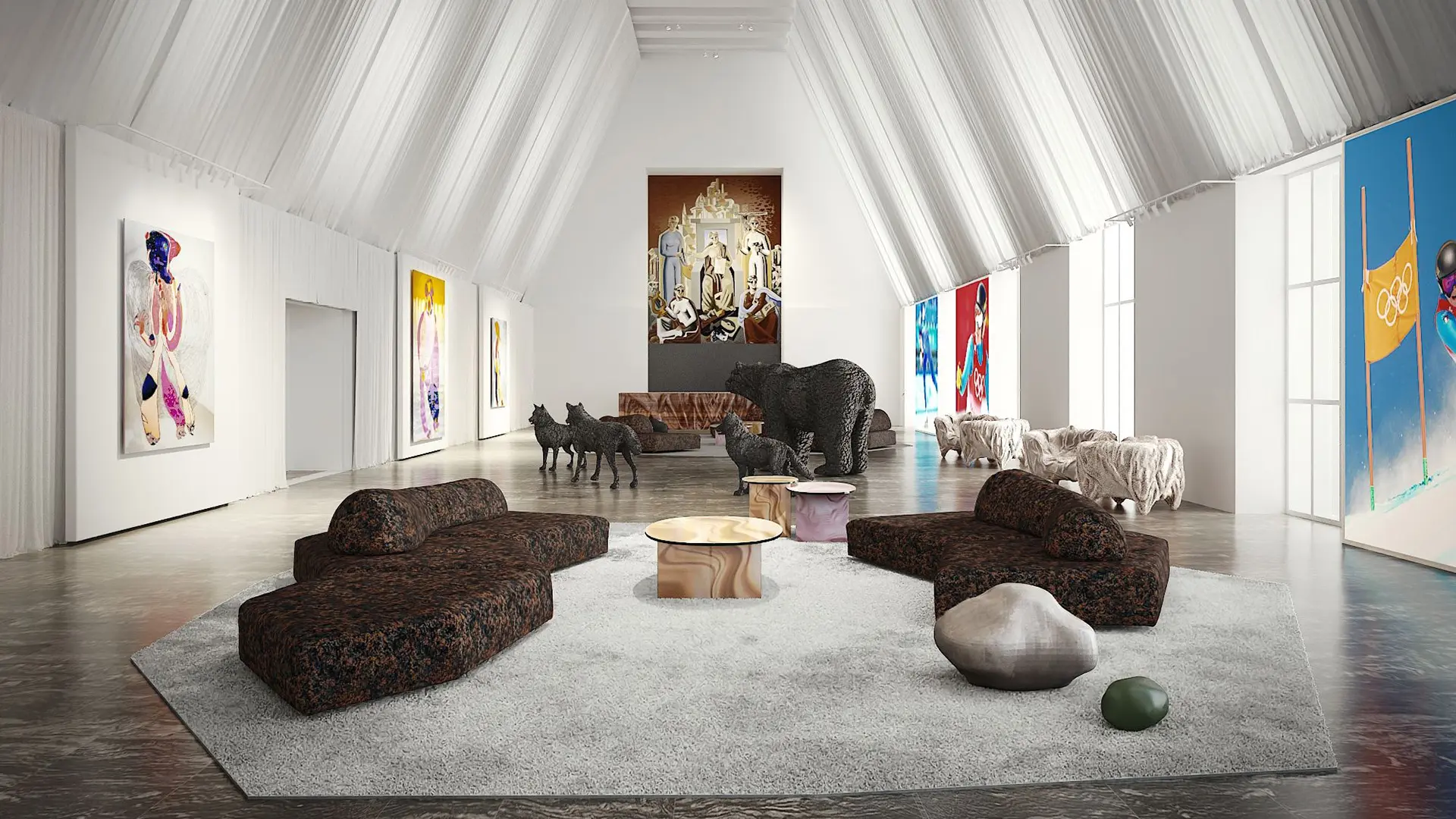A journey through women’s interior design, three iconic monographs and the links between design, photography and marketing, up to the transformation of Jeddah, social innovation and a reportage by Branzi and... 50 designers on the sofa

Spikes are designed to prevent homeless encampment under urban viaduct (Guangzhou, China) - Ph. China Hush
Hostile architecture is an urban design strategy intended to prevent behavior judged to be unpleasant, inappropriate, or dangerous. But its side effect is to sap the vitality of urban life
Once there were the social ideals of architecture: a discipline whose goal is to define the physical context in which we live and which can encourage socializing. While design disciplines can guarantee dignified living conditions for everyone, they also have to aspire to accessible and shared beauty. Among the outstanding examples of how the attention of architects (and clients) can be directed towards the whole community – and not just to a wealthy few – are street benches: masonry and stone street furniture that provided public seating, placed at the foot of the main or secondary faces of historic buildings. The principal Renaissance palaces in Florence, such as Palazzo Medici-Riccardi and Palazzo Strozzi are endowed with these public furnishings.
What is hostile architecture?
Fast forward to the 2000s and we see the spread of an architecture whose purposes seem to be the opposite to those described above. Their goal is to make a given public place inaccessible, inhospitable and hostile. The name of this architectural trend is “hostile architecture”, “defensive architecture”, or even “unpleasant design”. It is a whole series of architectural devices – objects, furnishings, accessories or details – designed to discourage certain kinds of behavior on the part of the population, and in particular some less well-off categories – especially the homeless. Studs and spikes, bollards and dividers, as well as disturbing sounds and lights: hostile architecture creeps into existing built environments and changes their connotations.
The most popular unpleasant design furnishings
The commonest type of hostile architecture furnishings are benches. We find them with metal arms in the middle, with seats that are tilted or rounded (not flat), or even without a seat, offering only a precarious support to users. One of the best-known and most widely discussed hostile architecture projects is the Camden Bench, built in 2012 by the Factory Furniture company and widely used to furnish the streets of London. Its shape and the way it is designed epitomize many of the key principles of unpleasant design: the different angles of the surface allow people to sit in various ways, but make it impossible to lie down, because it has a number of uncomfortable edges. In addition, the shape of the edges is designed to discourage sliding along it with skateboards, while a special paint graffiti-proofs the concrete.
Ephemeral hostility
Hostile architecture can also be immaterial, by experimenting with some ephemeral tactics to discourage people from gathering or staying together in a particular place. In Portland, Oregon, they use music. “With all the funding cuts that have hit orchestras during the recent recession, there is still one aspect of classical music that local governments find valuable. Its unerring ability to disperse teenagers who frequent public spaces,” writes journalist David Ng in the Los Angeles Times.
In Cardiff, some businesses have experimented with high-frequency sound generators. They make a buzzing noise like mosquitoes, hence the name Mosquito – to discourage drug dealers from standing near their entrances. Also in the United Kingdom, more precisely in Mansfield, near Sheffield, some residential neighborhoods have been fitted with pink lighting systems. “The lights are meant to create a relaxing atmosphere, but they also highlight spots on the skin,” leading to “a decline in antisocial behavior,” BBC News reports.
Initiatives for more inclusive cities
In opposition to the phenomenon of hostile architecture, initiatives to favor more welcoming public spaces have multiplied in recent years. One of these is the Hostile Design platform, a website created “to provide a platform to raise awareness of hostile design, to give the opportunity to report and condemn those involved and to create a living archive of hostile design around the world. Ultimately, the idea is that through awareness we can dissolve prejudices, influence urban planners and city councils, and create public spaces more inclusive and welcoming for all.”
This portal, together with many artistic and design actions, invites us first of all to look at the city with different eyes, to be aware of and experience of public space and, above all, to question the ways our cities are built.


 Stories
Stories













